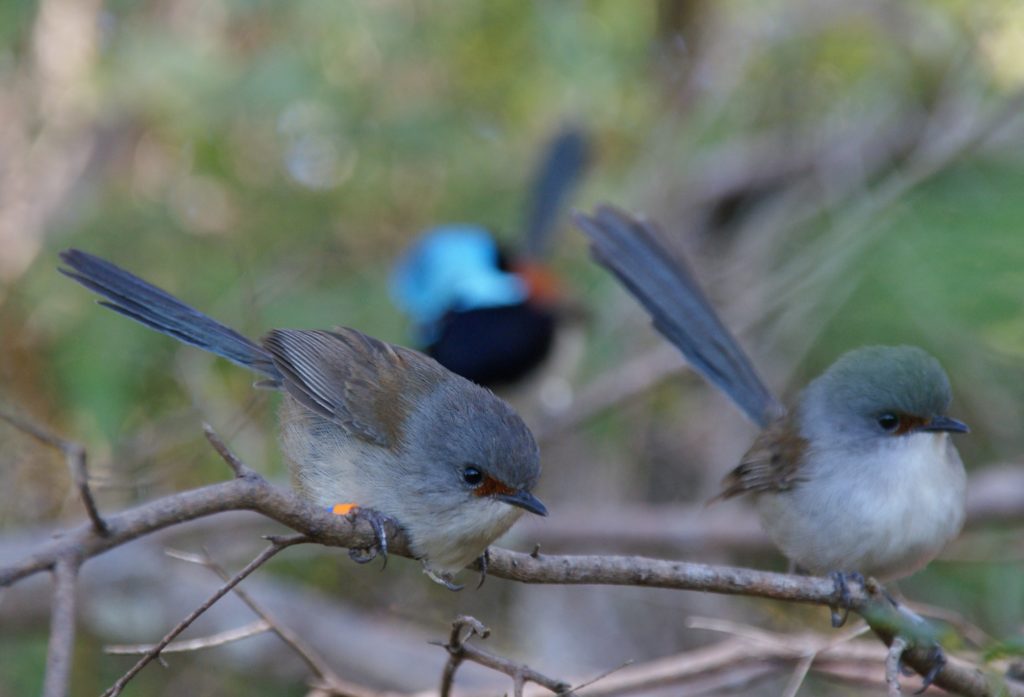
Individuals in viscous populations (with limited dispersal) live in close proximity with kin, allowing for cooperation among relatives. However, living with relatives can also be costly because of the high risk of inbreeding and the fact that individuals compete with their own kin for space and resources. In 2008, I set-up a new field-based study system on cooperatively breeding red-winged fairy-wrens (Malurus elegans) in south-west WA. All 10 Australian fairy-wrens are cooperative breeders with males staying with their parents to help rear the next brood, whereas there is enormous variation in females delaying dispersal. In my study species all females too stay at home, making this system very suitable to study both the costs and benefits of living with kin. This study has not only resulted in new insights on costs and benefits of group living, but also on some of the sophisticated behaviours that these birds show to avoid these.

This study has become a long-term study which allowed us to investigate how changes in climate drives changes in fitness and is now also part of several global scale comparative/meta-analyses on the effects of e.g. climate change. Data from such populations as this one are particularly important, because long-term studies on southern hemisphere species are relatively scarce.